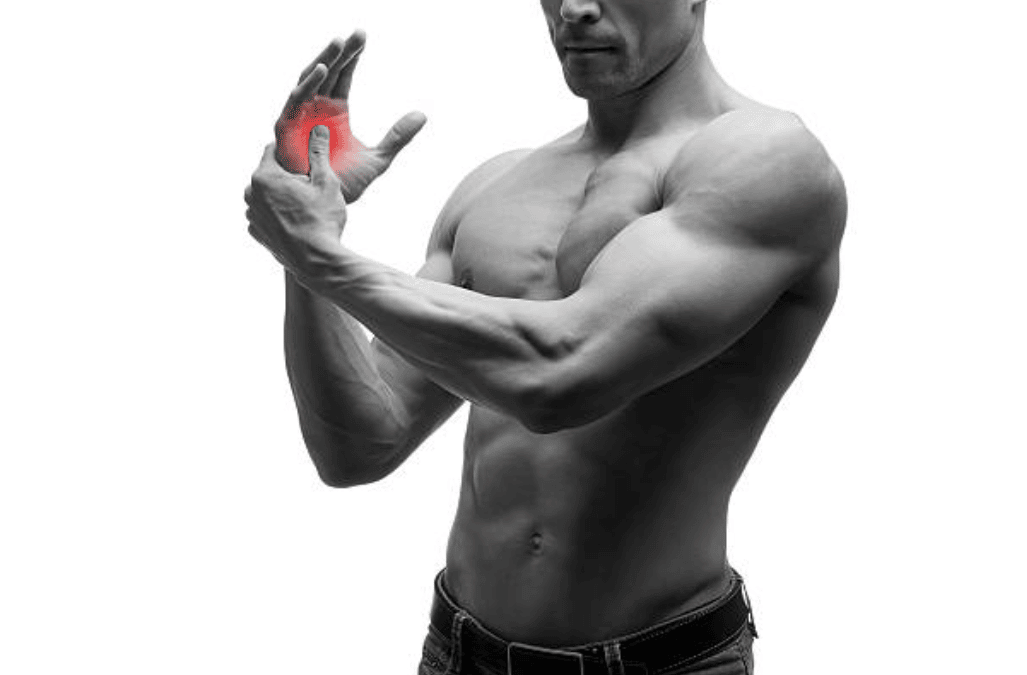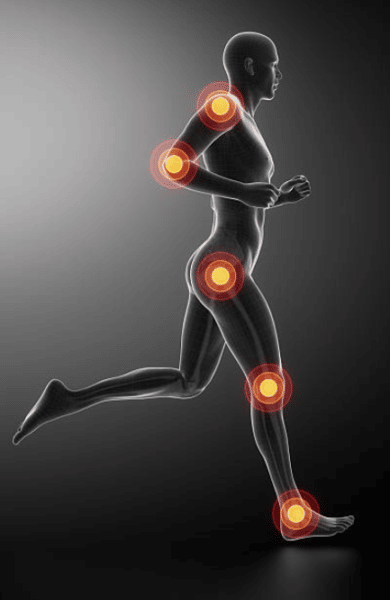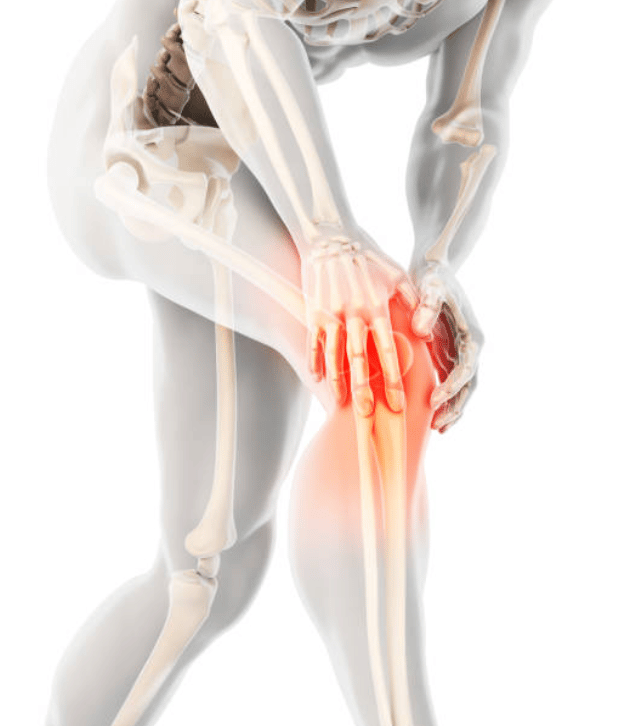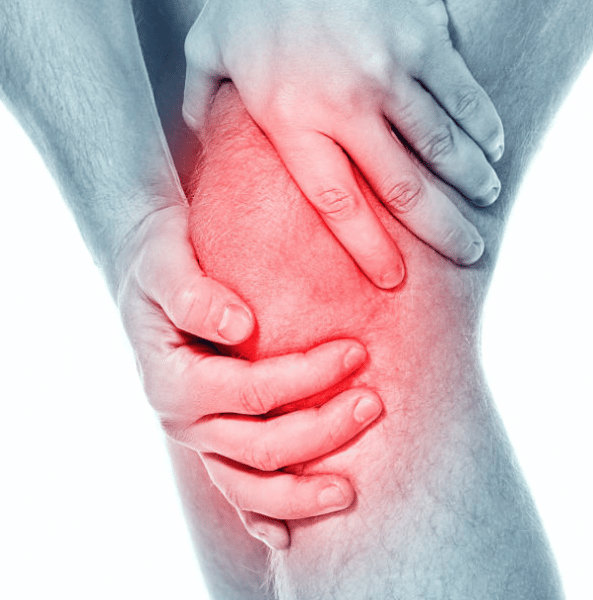Tendonitis is not just a simple inflammation of the tendon. In fact, it is an ailment that affects a lot of body-builders or sportsmen. They can appear after a bad movement, following overtrainingIt can occur in the absence of a warm-up or as a result of poor hydration. Once manifested, tendonitis in bodybuilding causes joint discomfort accompanied by pain. Fortunately, there are solutions for treating tendonitis. How to treat tendonitis and avoid a relapse during training?
What exactly is tendonitis?
During repetitive exercise, injuries and pain can occur. We speak of tendonitis in the arm (epicondylitis) if and only if the tendon is affected. Tendonitis in the elbow is a common expression which in fact designates tendinopathy, to speak of the attack on the tendon (the part which allows the muscle to be connected to the body). The pain occurs progressively as it can also settle down brutally. Especially if it is the Achilles tendon. During muscle strengthening sessions, this pain frequently occurs for the person doing his exercises and can be a real handicap for his progress in muscle building. Discover here some advice to adopt to treat or prevent them.
The tendon is made up of ultra-resistant fibres that facilitate the interconnection between the bone and the muscle. During regular exercise or after a misstep, rubbing of the fibres on the joint or bone can occur and cause swelling. The most common ailment or tendonitis is inflammation of the biceps brachii muscle and is accompanied by pain next to the shoulder.
Where can you get tendonitis?
There are many factors that lead to tendonitis. It is vital to know the cause of the tendonitis before finding the solution for a cure. We can have tendonitis anywhere we have tendons connecting them to our muscles.
Causes of tendonitis :
Excessive training
Our organism is not made for repetitive movements for hours on end, a series of multiple exercises repeated every day over several weeks. Those who do too many exercises, overnight, by intensifying their training volume without a progressive work program are exposed to tendinopathy. This is also the case for newcomers who decide to intensify their workload in any way.
You have a new job that involves moving a ton of boxes every day. It is very likely that you will suffer from shoulder (rotator), biceps or forearm tendonitis. Of course, not everyone has the same body type, so some people will never suffer from it. The new working conditions exceed the natural resistance capacity. It's just that weight training makes you more prone to tendonitis.
Over-stretching of muscles
Whether we have short or long muscles, it is advisable to warm up your muscles before starting your weight training exercises. Each session, more isolation, must be appropriate to the length of the muscles at the risk of injuries such as tendonitis or even rupture of the tendon in extreme cases. You must avoid at all costs, damaging your muscle by a too heavy load or a badly executed exercise. You must practice regularly stretching exercises after your training.
Hence the recommendation of sports coaches to stretch well. The idea here is to improve your flexibility, because the amplitude of the exercises must be less than the maximum amplitude to avoid inflammatory tendon pains going up to tears. An ideal way to evaluate your range of motion during flexibility exercises is to test your muscle soreness. When they are close to the insertions, it is a bad signal.
High frequency of weight training
Apart from overworking and forgetting to warm up and stretch, the third concern may be overworking the muscles. It is not because a person works the biceps every day that this person will have more biceps, on the contrary! There is a maximum frequency for each individual and not for a group.
By making these 3 mistakes, you are likely to end up in tatters. So choose a weight training program that doesn't make you work the same muscle or muscle group several days. The full body for beginners and the push pull legs or the split for medium and long-time practitioners are to be studied.
The solutions
Light warm-ups before weight training
This is a very often neglected phase that must be constantly reminded! Muscles, as much as joints, are fond of heat, because of our organism. It is a fact that starting bodybuilding exercises directly can lead to disaster. It is therefore preferable to warm up well or to do some weight training exercises with a very small load to warm up the body before the battle.
Eating well to reduce tendonitis
If your diet is not in accordance with your daily calorie intake, if it is richer in meat and if you believe that vegetables are not useful for bodybuilding, you are wrong. As recommended by the experts in dietetics, certain basic rules are essential for better health and good results in bodybuilding. The main mistake made by beginners is to favour proteins to the detriment of vegetables. This leads to an acid-base imbalance in the body which does not bring anything good. Let's mention just a few examples of this imbalance omega 3 and omega 6 caused by the protein-rich diet that promotes tendonitis. It is vital to eat well to limit these inflammations. Finally, the last point which is also part of nutrition, is of course to stay well hydrated. Drinking enough and according to our respective activities is essential. A sportsman or body-builder will have to drink more than a person who does not exercise any physical activity.
How to treat tendonitis?
Once installed, the tendonitis must be quickly taken care of for a fast healing of the lesion. At the risk that the pain will be more and more severe and will take longer to disappear. A badly treated inflammation of the tendon can then lead to chronic tendonitis, which experts say is complicated to fully recover. Rigour is the key word with a particular emphasis on effective healing. It is essential to continue with your bodybuilding exercises. In fact, the majority of bodybuilding practitioners who have no choice but to stop their sports activity is due to tendonitis. Here is what to do if you are a victim of tendonitis.
The rest
When you have severe tendonitis, you should do everything you can to avoid pulling on it in any way so that the pain goes away. Temporarily stop any activity that can suppress the inflammation. Put ice on it every day for at least 20 minutes to ease the pain and gradually eliminate the inflammation that has occurred as a result of the tendon attack. You can move on to hot massages of the area in question when the pain is less acute. Finally, depending on where the tendonitis is located, in order to move as little as possible, immobilizing this part will be all the better.
Take medication - anti-inflammatory
Medication is not intended to heal the ligaments, but just to reduce the pain. On the other hand, not feeling pain does not mean that the tendons are functioning normally and that you will not hurt yourself anymore. The main mistake is to believe that you can resume weight training or sports sessions when you no longer feel pain. Anti-inflammatory drugs are important to eliminate the trauma, but additional treatment is needed to properly treat the inflammation of the tendons.
Osteopathy and physiotherapy
The osteopath and the physiotherapist use alternative methods such as manual lymphatic drainage to relieve the tendon and identify the origin of the pain. The k-tapeCalcification, collagen and elbow muscle are highly exploited and accelerate healing in the event of inflammation or a tear.
The osteopathic treatment aims to act directly on the cause of the tendonitis. Thus, not only your tendonitis will be resorbed more quickly, but also the risks of recurrence are reduced: the osteopath has a therapeutic and preventive role. In synergy with the sports doctor, he helps to avoid surgical interventions.
The osteopath works to rebalance the muscle chains. He is able to identify and treat joint constraints and tendon disorders. Whatever your sport practice, think of consulting an osteopath of the sport.
Physiotherapy treatment, although using different techniques, has the same objectives:
- act on the pain;
- help you understand the problem (which ligament or tendon is becoming painful?)
- give you personalized advice (fight against dehydration, practice good stretching, be attentive to joint overwork...);
- prevent relapse.
To do this, the physiotherapist fights against inflammation with manual lymphatic drainage: by acting early enough, this reduces the risk of weakness or tendon stiffness.
If the inflammation is chronic, he performs friction on the tendon, in order to reduce adhesions and promote healing.
In order to avoid recurrence, the physiotherapist takes into account the whole area surrounding the tendon. He is able to diagnose and correct a joint that does not move in a physiological way (unnatural movement). The tendon is then better solicited, and becomes less likely to suffer from inflammation.
Essential oils and phytotherapy
Several plants are used in infiltration to treat tendonitis. Arnica for example has anti-inflammatory properties. As well as harpagophytum, meadowsweet or nettle. They can also be consumed in the form of infusion or tablets. Tendonitis is easily treated with essential oils. Take for example Rosemary and Peppermint essential oil, combine it with green clay before applying it to the affected area. You can either make a massage on the painful area to make penetrate oils. Or make a poultice of green clay which has virtues: anti-inflammatory, healing, regenerating among others. Leave it on overnight with a bandage. You can easily find green clay at the pharmacy on request.
Treating tendonitis with cold
Effect of cold on tendonitis
Cold can help relieve tendonitis, if used early enough. It will effectively fight the inflammation, while helping the affected area to swell. Cold also has an anaesthetic effect, so you will effectively relieve tendon pain.
Be careful, however, as the cold can burn the skin! Also, it is not recommended in case of Raynaud's syndrome.
How to use cold on tendonitis?
First, you can apply ice cubes to the painful area: in order not to burn, put them in a plastic bag, itself wrapped in a cloth. You can replace the ice cubes with a bag of frozen peas, which can be adapted more easily to the shape of the wound.joint. Be careful, you will not be able to eat it afterwards, especially if you freeze it again.
It is also possible to use cold bombs, but their effect is more punctual. Moreover, this will not prevent theimmobilizationto put the joint at rest.
Finally, the cryotherapy can be considered as a second step. Whether local (gas sprays at very low temperature) or general (notably by immersion of the whole body), cryotherapy relieves inflammation, reduces pain and oedema.
PRP to treat tendonitis : As a last resort
For some years now, there has been what is known as PRP: plasmas enriched with platelets through a medical process. This alternative, which we will discuss in simple terms, is proposed by your doctor as a last resort if other techniques have proved ineffective. It consists of taking your own blood, which will be centrifuged in order to remove the PRP (Platelet Rich Plasma) and reinjected at the site of the inflammation without anaesthesia. Rest will be mandatory for 48 hours and the resumption of physical therapy and sport will be done after one month gradually with light loads and with the agreement of your doctor.
There are of course other techniques to treat tendonitis such as infiltrations, hyaluronic acid injections, acupuncture, which can also be effective.
How to avoid tendonitis?
In order to avoid tendonitis or a relapse in rehabilitation, there are several important rules to follow on a daily basis.
Daily: Respect the rules of hygiene which prevent the inflammation of the tendon, i.e. have a balanced diet and eat fresh fruits and vegetables. They will provide the body with vitamin C, antioxidants and other micronutrients good for your recovery.
Have a very good hydration too. If you don't drink, your tendons, which are like sponges, dry out and become brittle. Water is very important for the body because it allows the drainage of waste products, especially in the tendons and muscles.
Practice good oral hygiene and make regular visits to the dentist. Because yes, the mouth can be responsible for bad posture and cause tendonitis.
At the sport: take into account certain warnings at the time of sporting activities. In particular, warm up well before starting, use loads adapted to your strength and increase the loads gradually. Beginners must go progressively and especially foresee times of recovery during the series and the days without activity to allow the muscles to recover.
Now that you know all about tendonitis, and have solutions to treat the pain, there's no reason not to treat yourself and get back to the gym.
Take a look at the sports and nutritional programs for men and women
Other articles to read :












One Comment
Thank you I have recurrent tendonitis in my shoulder due to weight training and I will try to apply your advice before going to see a specialist